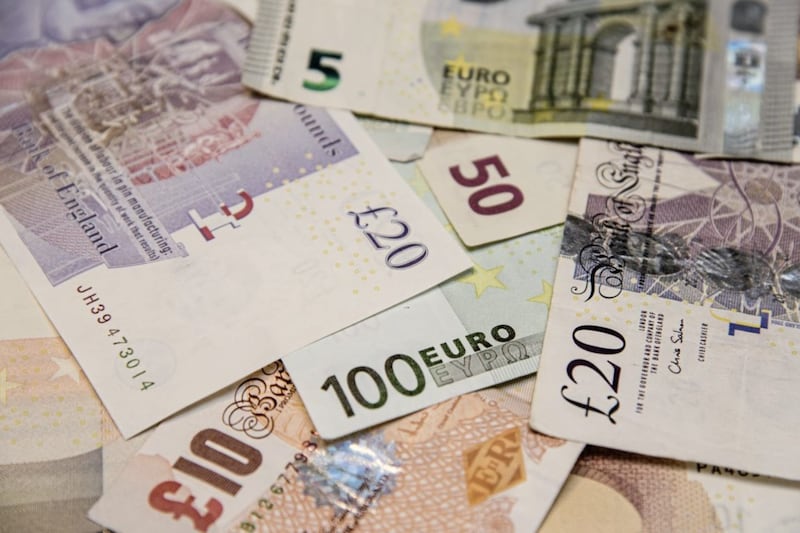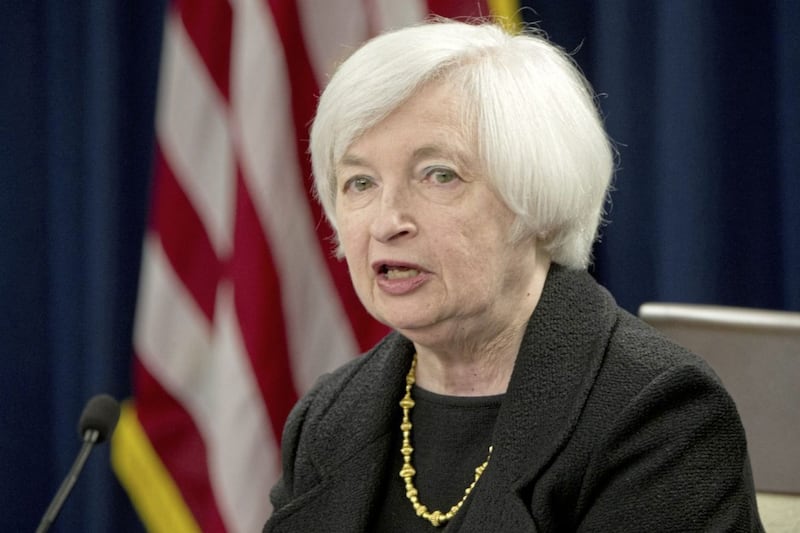The action on currency markets in the past week has seen the Euro’s recent ascent gather further momentum.
Despite the July meeting of the European Central Bank (ECB) being overall dovish in tone, the Euro managed to trade higher. Euro bulls appeared to take encouragement from the fact that ECB President Mario Draghi stated that there would be a discussion on its asset purchase programme in the autumn, which means that the central bank could still be on track to taper quantitative easing (currently at €60 billion per month) in 2018.
At the same time, both Sterling and the US Dollar have been on the back foot. In the UK, weaker than expected June inflation data have been viewed by Sterling watchers as reducing the prospect of a Bank of England interest rate hike in the near term. Brexit related uncertainty also continues to exert a cloud over the UK currency. In the US, the inability of Republicans to pass healthcare reform and further negative news flow in relation to President Trump have weighed on the US currency.
In level terms, all of the above translates into EUR/GBP trading above 89p. Meanwhile, EUR/USD is trading above $1.16, testing the upper limits of the trading range that has been in place since early 2015. Given recent momentum, the Euro could well sustain a break to the upside of this range over the summer months. However, interest rate differentials will still likely play a key role in EUR/USD direction. While the ECB remains in easing mode, the US Federal Reserve is tightening monetary policy. This should help underpin the Dollar as interest rate spreads move more in its favour. Although, it must be noted that markets remain sceptical on the extent of US tightening.
Therefore, this week’s Fed meeting is an important event. No changes to policy are expected, with the FOMC having hiked rates at its last meeting in June. The minutes of this meeting, noted that “it would likely become appropriate this year” to announce and implement a reduction in the size of its balance sheet. Fed Chair Janet Yellen gave no indication in her recent semi-annual testimony that such a move would be announced this week. The financial markets will, thus, be analysing the meeting statement for any changes which may suggest that an announcement could happen in September. Whilst the Fed is guiding that it will hike rates again this year, the markets do not expect another increase until the first half of next year.
Data-wise, the global macro schedule in the week ahead is dominated by GDP releases. Annualised growth slowed to just 1.4 per cent in the US in the first quarter of 2017 - dragged back by weaker consumer spending. However, data in the second quarter were more encouraging, with real consumer spending growing by 2.6 per cent in annualised terms in April/May. As a result, the US economy is forecast to have grown by 2.6 per cent in the second quarter.
In the UK, GDP is also the focus. The economy grew by just 0.2 per cent in Q1 as negative impacts from the Brexit vote began to take hold (including a squeeze on household finances). Data in the second quarter indicated some modest improvement, with retail sales and the jobs markets showing gains. As a result, UK GDP is anticipated to have risen by 0.3 per cent in the quarter.
Elsewhere, Eurozone data in the second quarter have pointed to a further acceleration in growth. French and Spanish GDP figures will provide some early indication on this. GDP is predicted to have risen by 0.5 per cent in France (from 0.4 per cent) and 0.9 per cent in Spain (0.8 per cent). There is also a very busy week of Eurozone survey data for July. This includes the flash Eurozone Composite PMI, which is forecast to remain at 56.3, broadly in line with its Q2 average. Encouraging results are also expected from the EC economic sentiment, German Ifo and French INSEE indices. Therefore, the survey data look set to indicate that the Eurozone has retained its firmer tone at the start of the third quarter.






